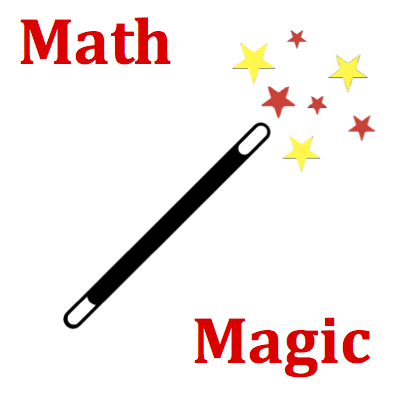Hold down the T key for 3 seconds to activate the audio accessibility mode, at which point you can click the K key to pause and resume audio. Useful for the Check Your Understanding and See Answers.
Mission F2D1 Vector Components - Question Group 5 Help

Consider the diagram of a force vector shown below. The angle theta is expressed as the angle of the vector with respect to due north. As the angle theta INCREASES from the current value to 90 degrees (OR decreases from the current value to 0 degrees), the horizontal component of force ____ and the vertical component of force ____.

Definition of Vector Component
A vector component is a projection of a vector onto the horizontal or vertical axis.

Mathematically, a component is simply a projection of a vector onto an axis. To determine the components using a diagram, first draw the vector. Then sketch the x-y coordinate axes at the tail of the vector. From the arrowhead of the vector, sketch reference lines across to each of the coordinate axes such that the lines meet the axes with a perpendicular orientation to it. The x-component stretches along the x-axis from the tail of the vector to the location where the reference line meets the x-axis. The y-component stretches along the y-axis from the tail of the vector to the location where the reference line meets the y-axis.

A wise idea for this question is to pull out a page of scratch paperand sketch the vector in the direction as shown and label the angle . Then draw the projections of the vector onto the x- and y- axes (see Math Magicsection above). Now visualize what would happen to the size of these components if the angle
was increased towards 90 degrees (or decreased towards 0 degrees). Would the horizontal leg of the triangle get bigger or smaller? Would the vertical leg of the triangle get bigger or smaller?

On a sheet of scratch paper, draw a large x-y coordinate axes. Use a pencil or a pen as a vector and place one end (the tail end) at the origin. Point the other end of the pencil or pen in the direction of the vector. Visualize the components of the vector - maybe even sketch them on the paper. Now rotate the vector (pencil or pen) in the indicated direction and ask what happens to the magnitude of the horizontal and vertical components. You might notice that as the vector gets closer and closer to the x-axis, the size of the vertical component decreases and the size of the horizontal component increases. The opposite is true of a vector which gets closer and closer to the y-axis.
